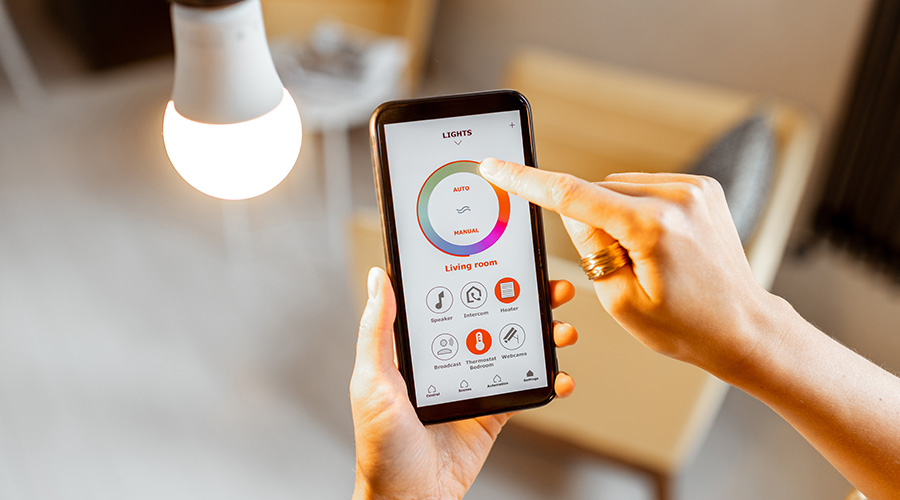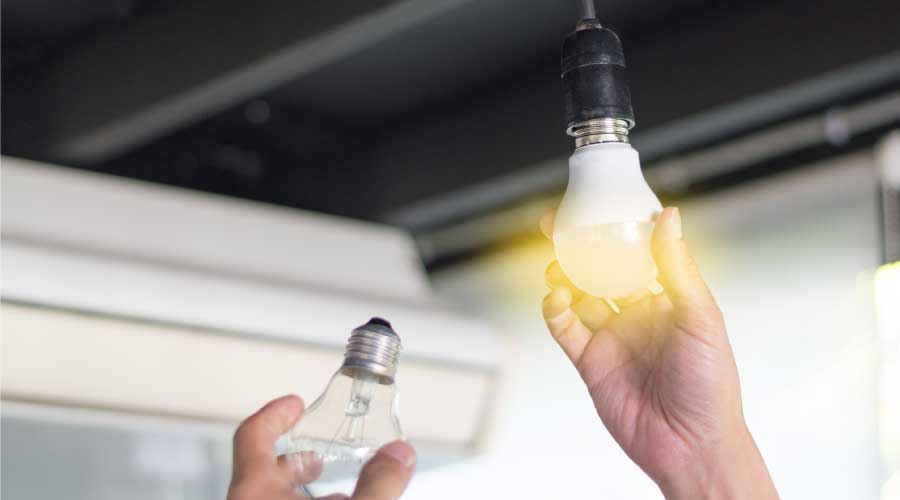Emergency-Lighting Systems Give Managers Flexibility
Emergency power systems serve three primary functions. They provide a safe environment for building occupants in the event of a power loss. They protect equipment and property from damage. And they provide continuity of operations.
A sudden shutdown can create extensive damage for many types of equipment if no warning time exists to prepare in an orderly manner. Hospitals, police and fire stations, and mission-critical facilities are among the most potentially vulnerable institutional and commercial facilities.
Proper inspection, testing, and maintenance of key components of emergency systems can help maintenance and engineering managers cope with power outages and keep facilities operational during and after the event.
Emergency Lighting
In an emergency, an electric fault can cut power to a main lighting system. Emergency-lighting systems, arranged to provide continuity of this very essential service, are comprised of lighting fixtures connected to the 110-volt power source.
The system provides power for a battery, which runs the lighting system if an outage occurs. The lighting units are switched to the batteries and run on their own low-voltage direct current. Generally, the lighting units are located in stairwells, corridors, lobbies and at key entrances and locations.
The advantages of this type of emergency-lighting system are flexibility — technicians can relocate the systems easily to accommodate changes in the building’s layout — and reliability. Since each lamp has its own power source, if one goes out, the others still operate.
Proper maintenance of battery-powered emergency lighting consists of inspecting all units periodically to ensure they remain fully charged. Technicians can verify a full charge by visually checking the indicator light on each unit, which shows the battery’s status.
They can check the electrolyte on wet cells either visually — if the unit has a battery-charge indicator — or by checking the specific gravity of the electrolyte. A fully charged battery has a specific gravity of 1.3, while a discharged battery has a specific gravity of 1.0.
In some facilities, security guards carry an inspection sheet showing the location of all emergency lights, which tend to be widely distributed and coincide with guard patrol routes. While making their hourly rounds, guards can mark the location and condition of each emergency-lighting system on the checklist.
If the indicator light or specific-gravity check shows a discharged condition even though the charging system is connected to a 110-volt power source and is charging, the cell life might be expired. The guard should note this problem on the inspection sheet so the maintenance department can prepare a work order for replacement.
Related Topics:















